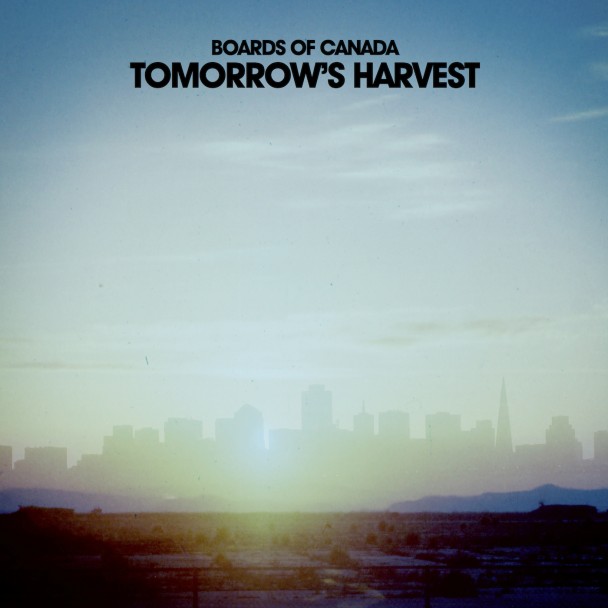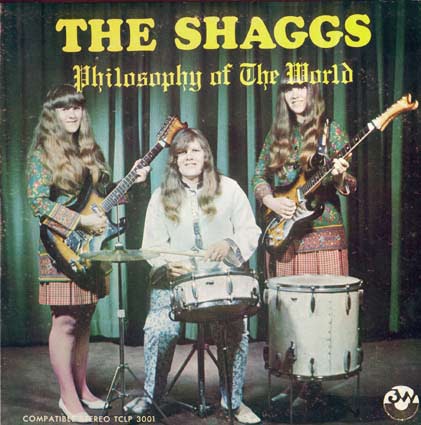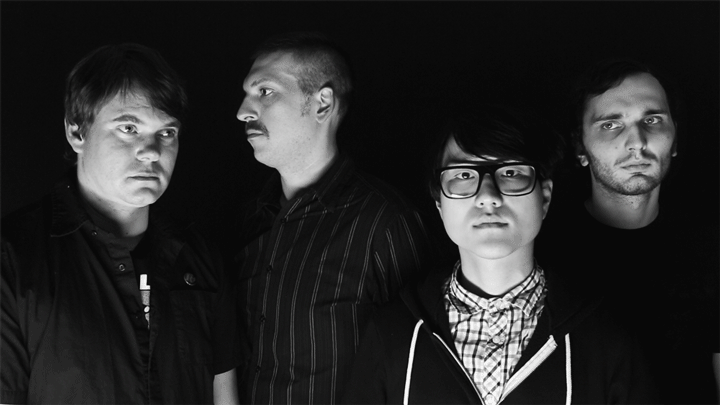
To me, anticipating the release of the new Boards of Canada album was significantly more exciting than anticipating the release of the new Daft Punk album. I’m not sure why, over time, I have learned to associate the two acts, but I do for some reason. And regardless of their similarities and differences, the Boards of Canada album, in the end, was worth the wait.
My gateway drug that got me into BOC was this fan made video for their song ROYGBIV, off of their “Music Has the Right to Children” album from 1998. The video captures perfectly the nostalgic elements that all BOC songs and albums exude. Even after hearing ROYGBIV, I did still find it difficult to get into their music. It became one of those things where I kept trying to listen to albums and I just didn’t get it, I just couldn’t make it through, there was not connection with me.
“Tomorrow’s Harvest” was my breakthrough with BOC. You can never explain why something finally takes hold, or when and why you just start to “get” it. Most of the time, for me, it is that I need to come to an album right as it is released. That’s how it worked with Arcade Fire for me, I couldn’t get into them until I heard “The Suburbs,” and that album made me change my feelings about the band completely (their music anyway).
I know that there are whole message boards and sites where fans go to dissect Boards of Canada songs and find hidden meaning and secret codes and really try to get into what makes the songs work. I (naturally) love that. I love that a band can inspire so many people into music analysis. That’s a good thing. When people are not only enjoying the music, but feeling compelled to find deeper meaning beyond just their enjoyment, that is unique. Not many bands inspire that kind of dedication.
Based on the marketing campaign that preceded this album’s release shows how well Boards of Canada knows their fans, and how they are acutely aware of their dedication to decoding multiple layers of meaning in the music. Maybe it’s that dedication that gives the music of Boards of Canada some agency. Finding things that are worth discovering in the music; things that spark conversation can only help it to become elevated.
From the sly “and now for your feature presentation” type intro that comprises the first few seconds of the opening track, that seems to nod to its fans that “yes, it has been 8 years since our last album, but we are back.” Of course, an absence such as the one that came between 2005’s “The Campfire Headphase” and “Tomorrow’s Harvest” will inspire excitement among any fanbase, but in this instance in particular it seems warranted.
BOC’s use of vintage synths, the most obvious and immediately recognizable component of their sound, now seems to comment on the grittiness of chillwave bands that try to capture the same sense of nostalgia, reminding us that they came first.
There’s something not so vaguely cinematic about the songs across “Tomorrow’s Harvest.” A song like “Telepath,” though brief, contains so much content. From the floating, fog-like, minor key suspended in air through extended synth drones, to the echoed, robotic, Kraftwerk-like voice reading numbers over the top, coming off as some sort of numbers station that both adds to the strange aura that surrounds the song while also most like providing some sort of code that I’m sure has been decoded by their fans on a message board already.
As abstract as what I’m about to say is, I don’t think that anyone that has heard the album will disagree that the album cover matches the sound of the album particularly well. The last time I felt so strongly about such a thing was when I felt the connection between the gritty, scratched out and fuzzy cover photograph on Women’s “Public Strain.” The hazy sunrise on this album cover personifies the waves of ambience present, not below the surface of the tracks, but right out front.
I think that that is what Boards of Canada is best at – curating a sound and finding ways to focus on that ambience and timbre, using timbre as the structural touchstone for each of the compositions on an album. That’s the element that they focus on, or so it seems, and that is what allows them to build their songs. Timbre, though, is more than just sound quality here. The pacing, the way that the melodies are stitched together and their choice of harmonic structure (that is itself propped up by the timbre), they all fit together to create the sound of the album.
This is the 2nd Warp records release this year that I have been really floored by, the other one being Autechre’s “Exai.” Definitely an album worth returning to, or if you have not had the chance to experience “Tomorrow’s Harvest” yet this year, make it a point to do so soon. “Tomorrow’s Harvest” may be Boards of Canada’s best album to date.








